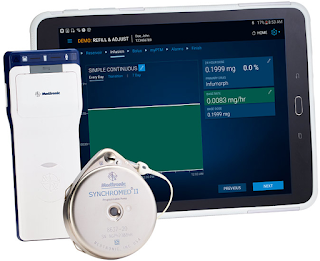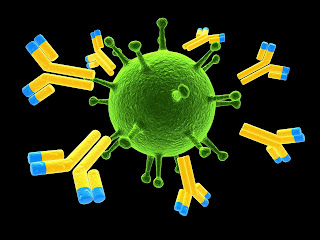Invention by IISc scientist
Water Purification at a Nanoscale Level

In 2015, Dr. Suryasarathi Bose, Assistant Professor of Department of Materials Engineering and a team invented a water purifying system that could even eliminate harmful bacteria at a nanoscale level. The filter consisted of a porous membrane made of two polymers, along with minute quantities of silver, titanium dioxide and carbon nanotubes. The pores filter out the micron-sized bacteria, while the silver-titanium-carbon mixture kills the bacteria.
A Solar Water Purifier
Another twist to the water purifier, this innovation by Professor Vasant Natarajan, from the Department of Physics is low cost and does not require membranes or electricity. According to Natarajan, this device could purify all kinds of water – sea, bore well, ponds, even rain water – into drinkable water, and produce 1.5 litres out of 3 litres of impure water. Explaining how the device works, he said that first the water is evaporated using solar energy, and then the vapours are condensed on a cold surface. What’s left behind is all the impure substances such as bacteria, arsenic, and fluoride.
A Non-hazardous Stain for Scientists

SOURCE: PIXABAY.COM
Researchers in labs often work with a number of chemicals and hazardous materials that could affect their health. Acid stains are used to test a number of chemicals that is probably carcogenic. In March 2016, J Fathima Benazirdeveloped a stain that, if replaced with acid stains, could help researchers reduce their exposure to harmful chemicals. The new stain called Tinto Rang is made from plants, and is even safe for consumption. This indigenous invention could also be the safest in the world, according to Benazir.
Non-invasive Heart Condition Detector
A non-invasive device that can measure heart and lung, called the Fibre Bragg Grating Heart Beat Device, was invented by S Asokan, Professor at Department of Instrumentation and Applied Physics and his team. The device simply needs to be wrapped around a person’s chest, while the sensors detect cardiac activities, measure blood pressure, count blood glucose levels, and monitor respiration. Made of an optical fibre sensor, this device can easily help detect heart conditions early.
Affordable Lens to Give Vision to Cataract Patients
In a life-saving innovation by Professor G. Mohan Rao at the Department of Instrumentation in 2015, many people who suffer from cataract are now able to see. The team developed economical intraocular lenses (IOLs) in their labs that could be affordable for even poor patients. They succeeded, after months of trials, in creating a thin film of ‘tetraflouroethane’ coating on IOL. This IOL replaces the natural lens in the eyes of a cataract patient. So far, IOLs developed abroad were expensive and inaccessible to most Indians. This, however, changed when Rao and his team succeeded in their tests and transferred the technology to AUROLAB, which now produces these lenses.


Comments
Post a Comment